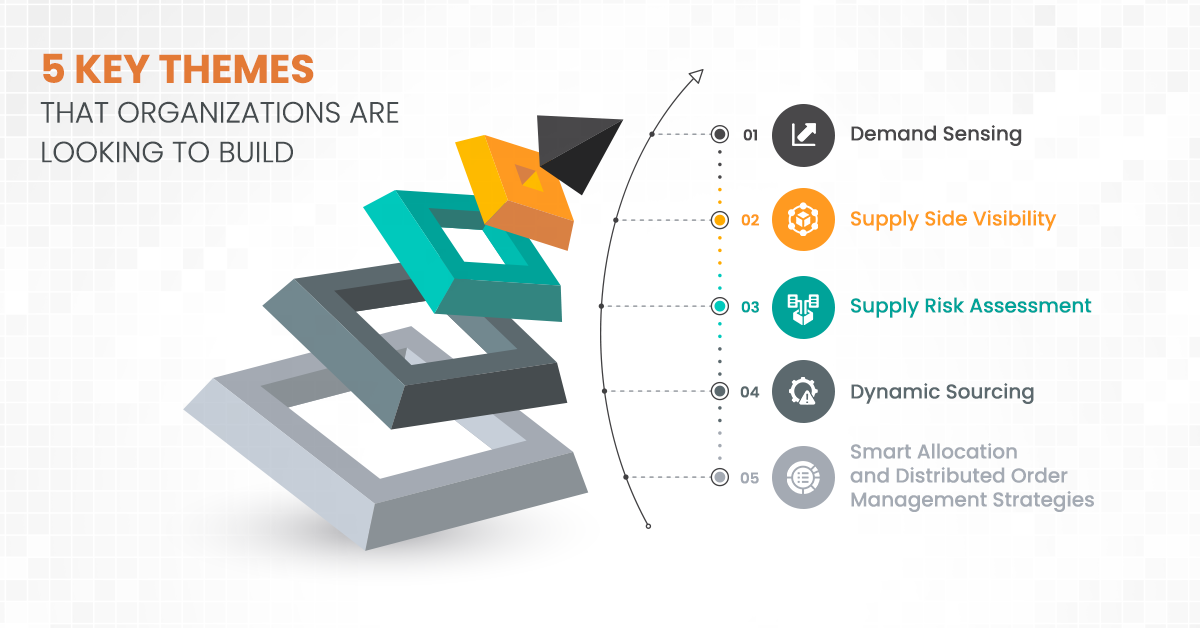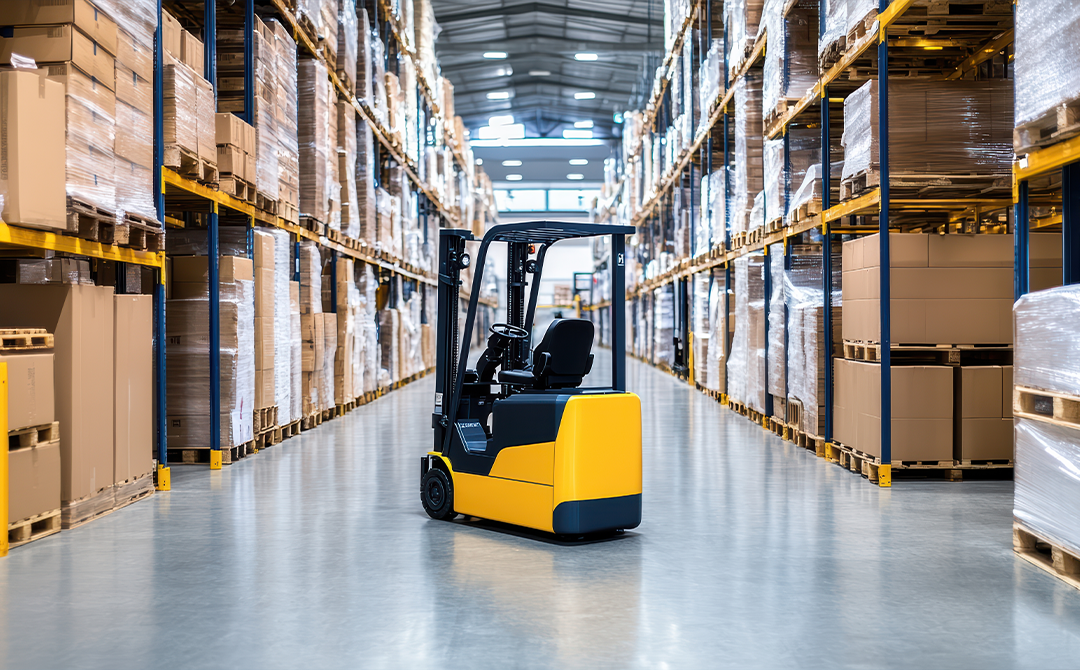
2023 has been a year of surprises and learning for supply chain organizations across the globe. From supply markets being impacted by Covid-19 to the Suez Canal choking the flow of goods to the current port log-jam, little has gone as planned.
Leveraging Data Analytics for E2E Supply Chain Resilience
Supply chain analytics has become indispensable for companies as they recognize the value and invest in leveraging data-driven insights to optimize their supply chain operations.Over the past decades, large companies have invested heavily and at scale to build global supply chains to leverage the benefits of economies of scale, wages, and skill arbitrage. However, the last two years have exposed frailties in supply chain related to higher lead times, attributed to lack of flexibility. This trend may pose further challenges in the form of numerous disruptions such as natural calamities, geopolitical unrest, trade wars, and restrictive government policies, as witnessed over the past decade. In fact, McKinsey’s research has shown that as much as 45%* of one year’s EBITDA can be lost (each decade) due to disruptions.
Although many companies managed to sail through such crises using a combination of skill, hustle, and trade-offs, the effect of a broken rigid supply chain was felt by most in terms of reduced service levels, increased costs, and enhanced system stress. The global manufacturing industry was also directly impacted by supply chain-related disruptions such as raw material supply, labor shortages, transport uncertainty, temporary operation shutdowns, and volatile demand.
But what has also emerged is the ability of data and analytics to play a pivotal role in managing disruption and providing the right levers to build flexibility within the existing supply chain construct.
A McKinsey survey* says 93 percent of supply-chain leaders were planning to increase supply chain resilience.
Our experience showed that companies that were more analytically mature have managed these disruptions much better, 2 main reasons can be attributed:
- Proactive sensing of disruptions which allowed more hand to assess impact and respond
- Data-driven approach helped evaluating multiple responses, leading to the best possible decision
Manufacturing-led organizations have relied heavily on data and analytics to build supply chain resilience and flexibility.
5 Ways How Enterprises Can Build Supply Chain Resilience Strategies

- Demand Sensing: Time and again, best-in-class forecasting models have not yielded intended results using the traditional approach of relying on historical data. External and unforeseen factors have complicated planners’ jobs. The demand-sensing technique uses real-time data with AI/ML to improve short-term planning accuracy, enabling a better supply chain response, however, identifying the factors is the key. A combination of forecasting and demand sensing can be effectively used by Industrial & Manufacturing customers for overall supply chain planning. We have used external indicators (economic indicators, industry indicators, weather, social media, etc.) in demand sensing models that have reduced errors by ~50% compared to models using past demand to predict future values.
- Supply Side Visibility: The ability to view inbound supply chain supplier through long lead-time logistics to port and up until warehouse or manufacturing location is critical. Any deviation from plan, identified at the right time provides the opportunity to adjust manufacturing schedules, distribution plans. Intuitive visibility solutions, ETA and delay predictions based on multiple factors and the ability to simulate what-ifs to identify the best case are different ways in which analytics is being leveraged. For one of our manufacturing clients, we have built the ability to project component availability based on predicted ETA/delays and use this to identify the optimal production planning scenarios
- Supply Risk Assessment: With risk being a critical and integral part of the chain, more industrial and manufacturing customers are looking for models that assess risk continuously. These models learn and improve through time, hence starting early with risk assessment is necessary. Geo-political and weather data can be scraped from multiple sources and considered for risk scoring. Connecting APIs to legitimate data sources and systems, continuous visibility and risk scoring can be operationalized throughout the supply network. Machine learning can further help create predictive models for order promise dates for customers based on upstream uncertainties.
- Dynamic Sourcing: Dynamic sourcing enables sourcing plans to be assessed and re-aligned, choosing the right sourcing network based on demand signals and supplier performance/risks to minimize cost. Rather than adjusting the proportion of shipments from each supplier, this dynamic approach allows firms to minimize costs while shipping orders quickly. Planners’ soft knowledge will always be a key in dynamic sourcing and predictive order promising.
- Smart Allocation and Distributed Order Management Strategies: A regularly updated inventory and distribution network can become ineffective given the volatility in demand and resource availability. This calls for the use of a live, flexible, and adaptable distribution and allocation plan. AI/ML, optimization and simulation-based decision models can enable efficient outbound fulfillment while maximizing resource utilization. For a client who is struggling with shortage of FG inventory in specific DCs combined with labor issues, our distributed fulfillment solution has helped improve service level by 3%, while reducing total logistics costs by 2-3%.
Addressing supply chain resilience and risk using flexibility is a central theme. The ability to work on a model of “sense and respond” is critical. It is important to sense at the right time, however, building models that can point towards the right disruptions at the right time is more important. Overlay this with the right framework and a process that is backed by data and analytics to make timely decisions and respond in a timely way, and companies will manage to get through supply chain disruptions with minimal impact.
How Tredence Helps Build Intelligent, Resilient, and Agile Operations with Our Supply Chain Analytics
Supply chain disruptions are unavoidable, but with a next-generation AI-powered digital supply chain solution, you can transform them into opportunities. This complements your physical networks, unlocking advanced analytics, resilience, and growth strategies.
At Tredence, we provide customized supply chain analytics solutions and help our clients build accelerator-driven AI/ML solutions in an agile manner to sense risks and respond appropriately, thereby helping them become more resilient and better respond to risk. Talk to our supply chain analytics experts for a holistic view of your entire value chain and get actionable insights that keep your enterprise operations costs low and performance high.
Topic Tags






